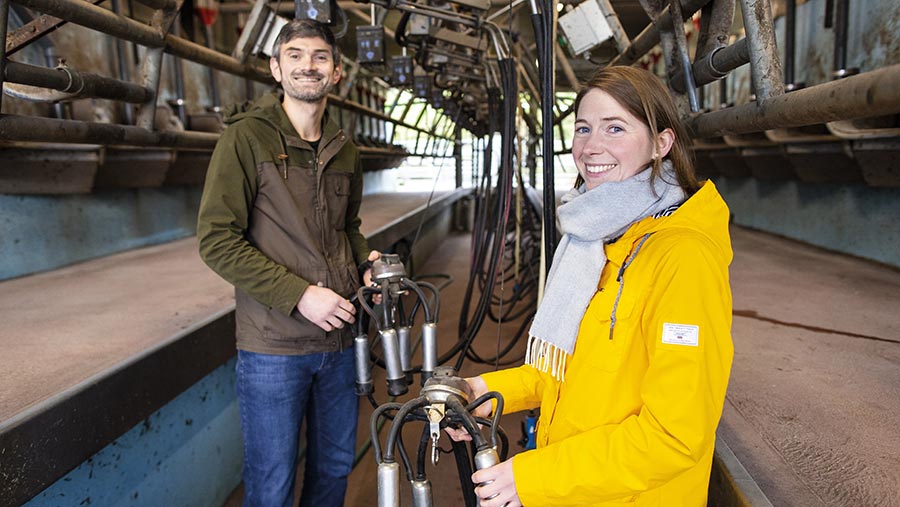Farmer Focus: More milk price cuts suggest no autumn lift
 © Cathal Noonan
© Cathal Noonan A late-Friday text from our milk processor Tirlan (formerly known as Glanbia) signalled some gloomy news to start the weekend.
The August milk price took a hit, dropping by 2.5 cents/litre. This sets the base price at 33.08 cents/litre (or a miserable 29p/litre) for milk supplied at 3.6% butterfat and 3.3% protein.
The processor’s chairperson said buyer sentiment was hampered by inflation, elevated interest rates and ongoing destocking, combined with weaker than expected demand from Chinese buyers.
See also: Low milk prices eat into dairy farmer margins
If there’s one thing I’ve come to realise over the years, it’s the paramount importance of safeguarding our profit margins: a high milk price coupled with low cost of production.
Running a once-a-day system stacks milk price in our favour given that we are paid based on kilos of solids (A+B-C, or fat plus protein minus litres).
From January to the end of July, we have averaged butterfat of 5.13% and protein of 3.91%.
This equates to an average milk price of 53 cents/litre (or 46p/litre) on two-thirds of the year’s milk. Cows average around 445kg of milk solids from 4,800 litres.
For the remaining third, we simply have to stick to the fundamentals.
This includes good grassland management to produce high-quality milk through using the autumn rotation planner.
And keeping the focus on being disciplined around cost control to maximise margins.
This year’s margin can still be protected, but focusing attention on it now builds the foundations for resilience next year – 2024 is the year where forward planning needs serious attention.
Recovery in milk price looks to be slower than expected, with the third quarter bounce not materialising.
Planning now for 2024 means looking at where we can enhance efficiencies, defer capital expenditure and maximise pasture utilisation.
The debate around empty cows has begun. It’s “they’re milking well, so milk them on and sell them later” versus “cull cow price will tank in November, so sell them now”.
And remember, there is always the cow who is both empty and not producing well.
This debate requires the back of an envelope and calculator on the phone to settle it.
Milking on won last year, but different factors are at play this year making it a more complex equation.

